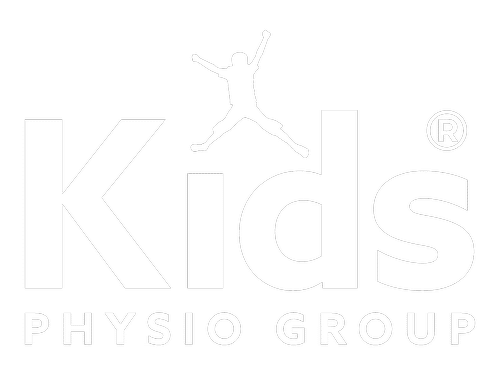Trisomy 21

A child who has Trisomy 21 has an extra copy of chromosome 21 — this is the most common chromosomal condition in the world. Trisomy 21 affects the development of many organs in the body which can make certain movements difficult.
Comment la physiothérapie peut aider
The physiotherapist’s role in a child’s healthcare team is to achieve their movement goals and thrive in everyday life! Listed below are ways physiotherapy can help a child with Trisomy 21.
Jalons du moteur
Motor milestones are windows of time when kids are expected to perform certain movements independently. Children with Trisomy 21 follow the typical sequence of performing movement skills (rolling, sitting, cruising, walking, etc.) but usually take longer to achieve these skills. Physiotherapists are movement experts who can help kids achieve motor milestones by:
- Évaluer les schémas de mouvement naturels de l’enfant
- Décomposer la compétence en étapes plus petites
- Utiliser des techniques pratiques
Tonus musculaire
Muscle tone is a description of the “tightness” of a muscle that is controlled by the nervous system. Children with Trisomy 21 have low muscle tone or low muscle “tightness” which can create challenges for movement, stability, and posture. They may have initial difficulties with independent movement as their muscles are unable to provide enough strength and support. Physiotherapists can help overcome these challenges by:
- Optimiser les schémas de mouvement
- Renforcement des groupes musculaires
- Pratiquer des mouvements fonctionnels comme rouler, ramper et s'asseoir-debout
Activité physique
Staying physically active is important for everyone’s health throughout their lifespan. It provides benefits to the whole body including the heart, brain, bones, and muscles! As cardiovascular issues are common for children with Trisomy 21, remaining physically active is very important for overall health. The current Canadian Physical Activity Guidelines recommend children engage in 60 minutes of moderate-to-vigorous physical activity every day.
Studies show that children with Trisomy 21 are less likely to participate in physical activity and meet recommended guidelines compared to their typically-developing peers. Physiotherapy is a great tool to help bridge this gap! Physiotherapists can encourage physical activity by:
- Identifier les aspects difficiles du mouvement
- Corriger les déséquilibres musculaires
- Compétences pédagogiques avec une approche individuelle conviviale
- Rendre le mouvement amusant!
RÉSERVEZ VOTRE ÉVALUATION INITIALE AUJOURD'HUI
Procédez à l'étape suivante et faites de la santé de votre enfant une priorité !
